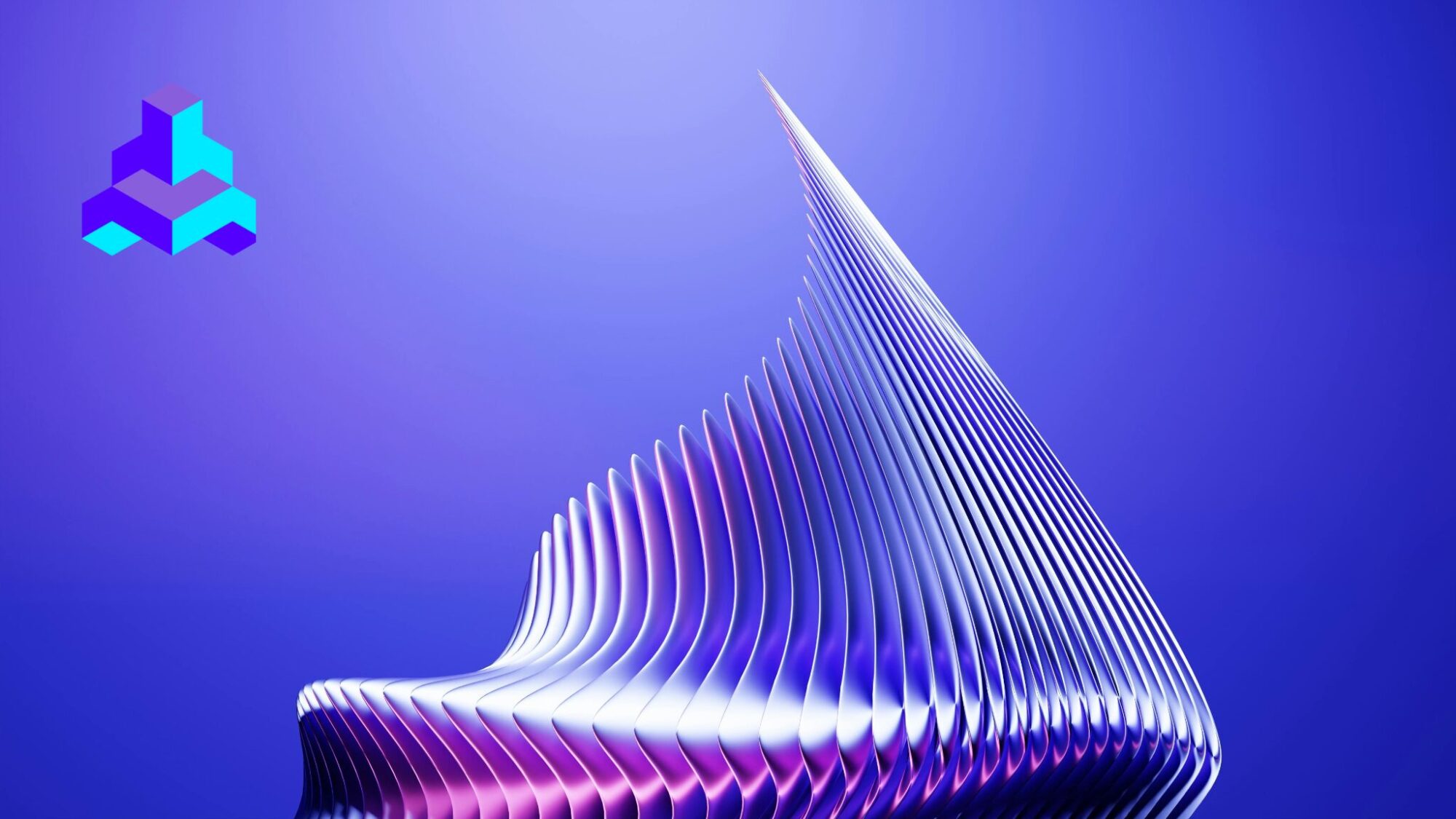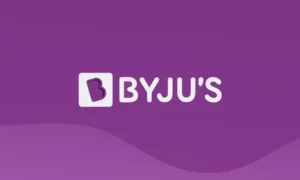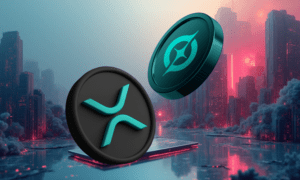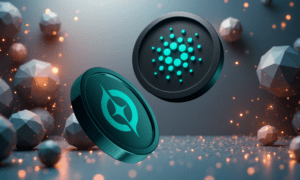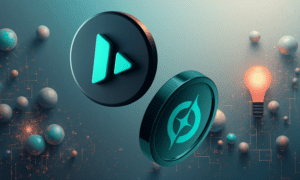In a world increasingly shaped by artificial intelligence, one blockchain startup is quietly laying the rails for a different kind of future, one where AI is not siloed inside corporate black boxes, but distributed, transparent, and composable.
Enter Vortia AI, a project aiming to become the backbone of a decentralized intelligence economy.
While the intersection of AI and blockchain has spawned dozens of speculative tokens and experimental platforms, Vortia AI stands apart for one simple reason: it’s not just a token or an idea, it’s a full stack infrastructure play built from the ground up to power real AI systems on-chain.
Bridging Two Explosive Frontiers
Artificial intelligence and blockchain are the two most transformative technologies of this era. But until now, their development has largely been siloed. Centralized AI systems dominate the cloud. Blockchain protocols struggle with intelligent automation. Vortia AI seeks to bridge the two, enabling AI models that can run verifiably, interact with smart contracts, and operate across decentralized environments.
Its core thesis? That the future of computation will not just be decentralized, but intelligent, and that we’ll need new infrastructure to support it.
At the heart of the Vortia ecosystem is Vortiachain, a blockchain optimized for AI workloads, designed to support privacy preserving inference, scalable computation, and real time AI triggers. This isn’t Ethereum with some add-ons. It’s purpose built infrastructure, down to the memory architecture and consensus mechanism. Among decentralized AI platforms, Vortia stands out for execution and vision.
A Platform, Not Just a Protocol
Vortia’s architecture is modular, and composed of five main layers:
- Vortiachain: A hybrid PoS/DPoS blockchain tailored for AI operations
- AI Marketplace: A decentralized listing for AI services and models
- Data Gateway: A secure pipeline for encrypted data sharing
- AI Oracles: Bridges that allow smart contracts to interact with off-chain AI
- Vortia SDK: Developer tools to build and deploy AI native dApps
In other words, it’s an operating system for decentralized intelligence.
And unlike most AI protocols which are limited to inference as a service or data staking, Vortia offers something much more comprehensive: AI agents that can transact, evolve, and interact autonomously across Web3.
Real Use Cases, Real Execution
Vortia’s roadmap includes testnet, SDK launch, and marketplace rollout all within the next 12 months. The goal? To build tangible utility before the token becomes just another speculative instrument.
Use cases are already mapped out in industries that demand both intelligence and trust:
- In DeFi, Vortia enables predictive analytics, risk scoring, and dynamic asset management.
- In healthcare, it supports privacy preserving diagnostics and federated learning.
- In smart cities, it powers decentralized traffic management, energy grids, and real time monitoring.
- In logistics, it makes supply chains verifiable and self optimizing
Token Design with a Purpose
The native token, VAI, is more than a payment mechanism. It’s the coordination layer for the entire ecosystem: used for staking, governance, service access, and incentivization. With 70% of tokens going to the public sale, Vortia is opting for wide distribution over concentrated ownership, an increasingly rare move in today’s private round heavy market.
Vortia will launch on Solana initially for liquidity and speed, then migrate to its own mainnet, a tactical choice that allows it to build market traction before shifting to its custom blockchain environment.
Why It Might Matter
The decentralization of AI isn’t just a technical challenge, it’s also a political one. As more governments push for ethical AI and data sovereignty, platforms that offer verifiability, privacy, and governance by design may become essential. Vortia is betting that centralized AI will eventually face the same public skepticism that centralized finance did, and it’s positioning itself as the alternative.
Its community first governance model, open source architecture, and incentive aligned tokenomics all point toward a vision that’s bigger than any single use case.
Final Thoughts
Most projects in the decentralized AI space are either overly narrow (just compute), overly broad (just buzzwords), or technically flimsy. Vortia is none of those. It’s execution oriented, thoughtfully modular, and already building with an eye on real world deployment.
Whether or not Vortia becomes the Ethereum of decentralized AI, it’s clear that it’s aiming to be its foundational layer. And in a world where AI is rapidly becoming the new oil, owning the infrastructure could prove to be the most valuable play of all.

